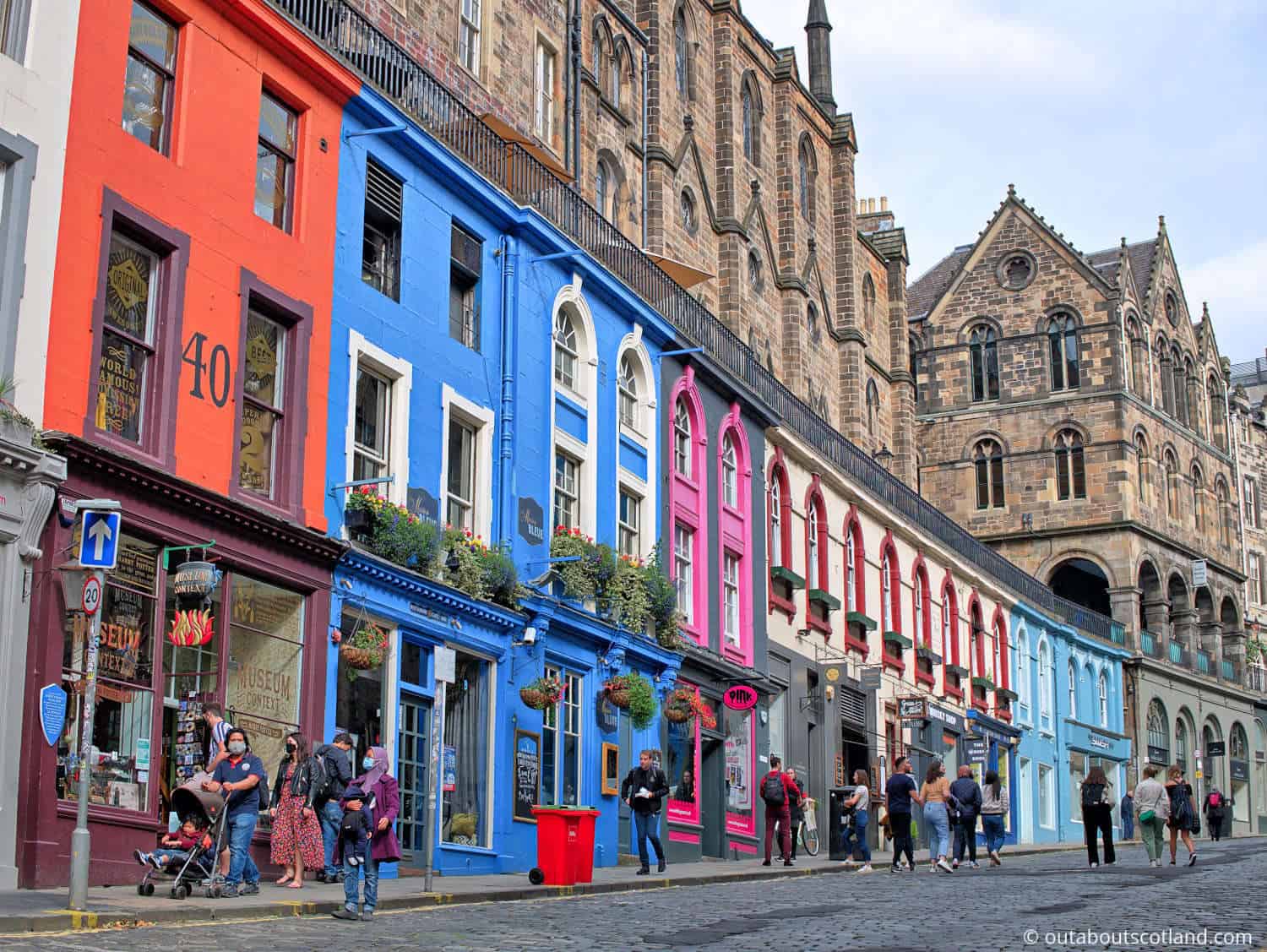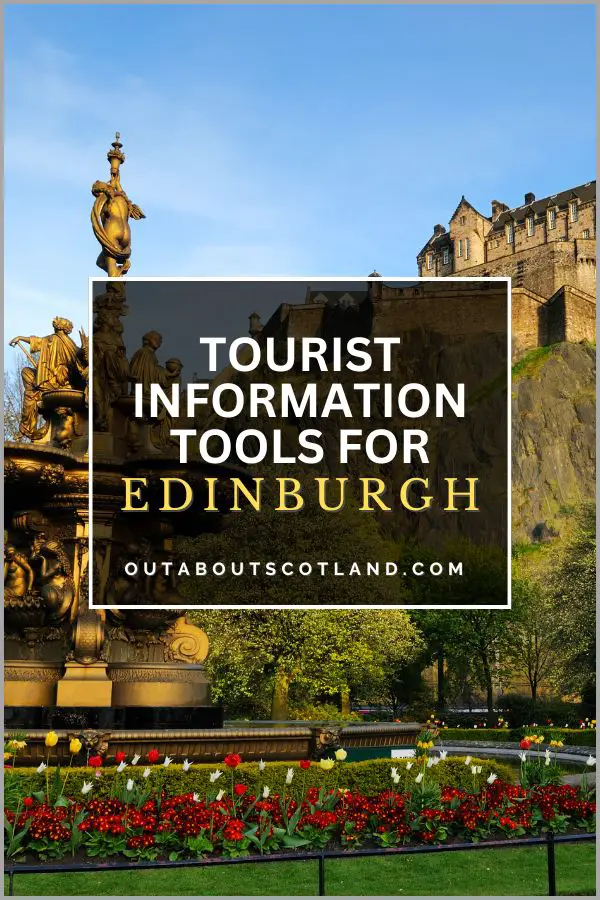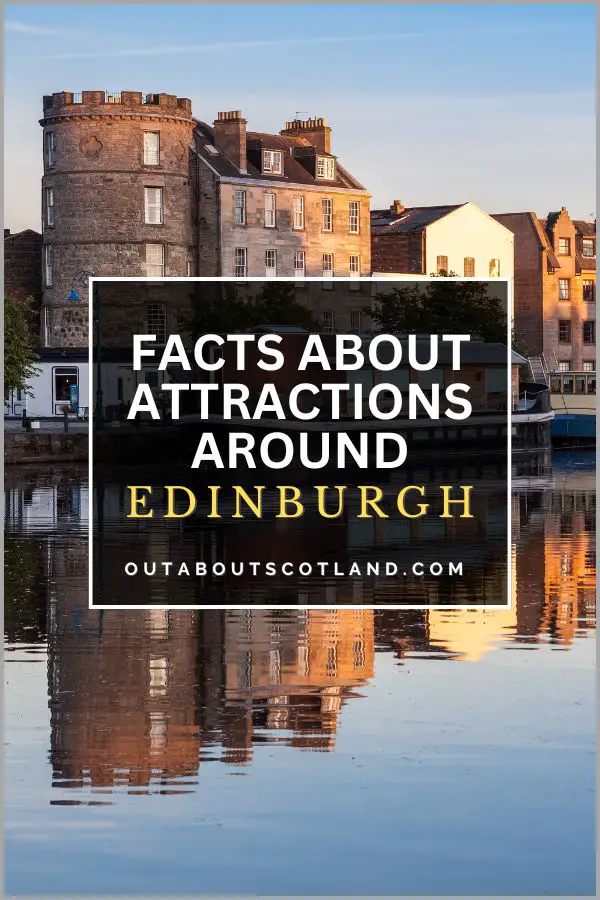The Grassmarket is a picturesque market square in the heart of Edinburgh’s Old Town. Although tenement buildings encircle this historic site and line the streets along the well-known West Bow and Victoria Streets, the lively pubs and restaurants that have outdoor seating are what make it so popular.
The Grassmarket is one of the oldest parts of Edinburgh, and it was originally used as a marketplace for horses and cattle before falling into ruin in the 19th century. Nowadays, it’s a popular tourist destination that’s often used as a hub to explore nearby tourist attractions like Greyfriars Kirk and Edinburgh Castle.

| Address: | Edinburgh, EH12HY |
| Opening Hours: | 24/7 |
| Admission Price: | Free |
| Parking: | Paid on-road parking |
| Contact: | N/A |
| Facilities: | Restaurants, bars, cafes |
| Photos: | YouTube Video |
Overview
The Grassmarket area in Edinburgh is a bustling collection of pubs and restaurants situated around a large open square on the southern side of Edinburgh Castle. The square is centrally located in the city, so you can easily find it by either walking west from Cowgate or Candlemaker Row or walking south from the Castle Esplanade.
Winding away from the northeast end of The Grassmarket is West Bow Road, which leads onto Victoria Street. This popular tourist destination has colourful shopfronts that slope up towards The Royal Mile, while the not-quite-as-attractive Cowgate follows an incline down to the east.
Victoria Street was built between 1829 and 1834 during a time of city refurbishments that were carried out in an attempt to modernise the Old Town, and the street provides a much-needed link to the George IV Bridge.
Perhaps one of the most photographed roads in Edinburgh, Victoria Street is famous for the shops that are located in what were originally the foundations of the high-rise tenements above. Today, the street is popular with souvenir-hunting tourists, while the flagstone terrace located overhead on Johnston Terrace offers weary sightseers a place to relax with a beer or coffee in hand.

The Highlights
1: The Grassmarket is an unexpected surprise in the heart of the city. Although the outside dining areas are usually busy it’s a great spot to soak up the atmosphere of the old town.
2: The square is centrally located near lots of tourist attractions in the Old Town, making it a great hub from which to explore Edinburgh. Within a ten-minute walk, you’ll find the National Museum of Scotland, Edinburgh Castle, Greyfriars Kirk, The Royal Mile, and St. Giles Cathedral.
3: The pubs in the Grassmarket are some of the best in the city, so if you want to sample a dram or two in authentic Scottish surroundings (unfortunately with tourist prices), you won’t go far wrong by visiting the square.
Visiting Tips
1: If you’re hoping for a little alfresco dining during the day, you’ll need to book a table in the morning. In summer, the Grassmarket’s dining areas are very busy, and it’s almost impossible to find an unoccupied table.
2: Use the Grassmarket as a base from which to explore Edinburgh, but don’t bother booking a taxi or getting a bus ticket as all the best attractions are within a half-hour walk. If you need to find it on Google Maps, the Grassmarket’s postcode is EH1 2HS.
3: If you’re just visiting Edinburgh for a day trip, you might consider starting at the Grassmarket, then heading up Victoria Street and turning left to explore the Royal Mile and Edinburgh Castle.
Head back to the square and continue south up the incline of Candlemaker Row where you’ll find the national museum and Greyfriars Kirk, then return to the Grassmarket for a late-afternoon meal.

Tourist Information
I think I’ve already painted a picture that tells you that The Grassmarket is a great place to eat and drink, but there are plenty of nearby tourist attractions that will keep day-trippers happily occupied.
There is, of course, Edinburgh Castle directly behind the Grassmarket, which is an attraction that doesn’t need an introduction. The castle can be reached from the west side of the square if you walk to King’s Stable Road and then climb the ‘Granny’s Green’ steps. You’ll end up on Johnston Terrace, after which you’ll have to climb more steps on the turning marked ‘Castle Wynd’ which leads to the castle esplanade.
To the east of The Grassmarket, you’ll find a small roundabout and roads that lead off towards the Cowgate and Candlemaker Row. The Cowgate road passes under the George IV bridge, but after that point, there isn’t much to see other than a few pubs (Brewdog, postcode EH1 1JS, is highly recommended).
Candlemaker Row, on the other hand, leads uphill towards Greyfriars Kirk which has its own fascinating history, and it’s also the final resting place of Greyfriars Bobby, the faithful Scotts terrier. Across the road from the kirk is the National Museum of Scotland, which is free to enter and offers enough things to see and do to keep a family occupied for most of the day.
After the museum, you can do an about-turn and head in the opposite direction down the George IV Bridge to the Elephant House café (postcode EH1 1EN), where J.K. Rowling wrote her first Harry Potter book. You could then head back down Candlemaker Row and up Victoria Street to do some shopping before turning north in the direction of Lawnmarket, where you’ll find the mediaeval Royal Mile, which is the beating heart of Edinburgh’s Old Town.
Resources:
- For Grassmarket Edinburgh food visit Forever Edinburgh.
- For Grassmarket and Edinburgh pubs, visit Yelp.com.
- For Grassmarket, Edinburgh hotels visit Travel Supermarket.
- For Grassmarket Edinburgh shops visit Forever Edinburgh.

The History of the Grassmarket
When you visit the Grassmarket for the first time, you might be surprised to find the area is so open considering the rest of the Old Town is so compact and built-up. The explanation for this lies in the original purpose for which the square was used, namely as a place to sell horses and cattle, hence the name ‘Grassmarket’, deriving from the time when grass was stored in large quantities to feed the marketplace animals.
The exact date when the first market was held is unknown but records dating back to 1477 show the Grassmarket was one of the leading trading areas within the city, a distinction it upheld for the following three hundred years.
If you take the time to explore the area, you’ll notice that the northeast corner leads off to West Bow, where traders of all descriptions plied their wares, while the southeast corner leads up to Candlemaker Row, where the city’s candles used to be made. The largest building is Candlemakers Hall, which was built in 1722 and backs onto Greyfriars Kirk. This is also the place where you can find one of the few remaining sections of the Flodden Wall – the 16th-century stone wall that was built following the Scots defeat at the Battle of Flodden in 1513.
Apart from the cattle markets, there was one other activity that made the grassmarket famous for hundreds of years, and that was its use as a site of public executions. From around 1660, the Grassmarket became the preferred location for hanging criminals in the city, with the story of Maggie Dickson gaining particular notoriety.
Maggie Dickson miraculously woke up after her apparent execution, and she became so famous that there’s a historic pub named after her halfway down on the north side of the Grassmarket. I cover her story in more detail in this article, The History of Murders in Edinburgh.

Things to Do
Historic Pub Tour: Dive headfirst into Scottish culture with a historic pub tour. The Grassmarket is home to some of Edinburgh’s oldest and most interesting pubs. From the haunted White Hart Inn to the ultra-popular Maggie Dicksons, each stop offers a unique blend of history and tasty Scottish ales.
Edinburgh Castle Visit: Perched above the Grassmarket, Edinburgh Castle is a must-visit. Walk the ancient corridors, marvel at the Honours of Scotland, and enjoy breathtaking views from Mill’s Mount Battery. Don’t miss the One O’Clock Gun, a time-honoured daily tradition dating back to 1861.
Saturday Market Shopping: Every Saturday, the Grassmarket becomes a vibrant market, bustling with vendors selling everything from fresh produce to vintage clothes and jewellery. It’s the perfect place to hunt for unique souvenirs and sample local delicacies before exploring the rest of the city.
Walking Ghost Tours: After dark, join one of the many ghost tours that start from the Grassmarket. Hear eerie tales of the area’s grim past and learn about the infamous characters that once roamed the streets of Edinburgh.
Photograph Victoria Street: Just off the Grassmarket, Victoria Street is one of Edinburgh’s most picturesque locations. With its colourful shop facades and curving cobblestone streets, it’s a great location to take memorable shots. Photoshoot completed, stop by The Bow Bar, a local favourite known for its extensive whisky selection.

Things to Do Nearby
Greyfriars Kirk. 26A Candlemaker Row, Edinburgh EH1 2QE. 4-minute walk.
Famous church and graveyard known as being the home of the faithful Scots terrier, Greyfriars Bobby. The kirk is open to the public for interior visits, as is the large graveyard which is reputedly haunted.
Edinburgh Castle. Castlehill, Edinburgh EH1 2NG. 9-minute walk.
Scotland’s most-visited tourist attraction. This 11th-century castle and barracks house the Scottish crown jewels and is the location for the National War Museum. It also features popular attractions like the Mons Meg cannon and the One O’Clock gun.
The Scotch Whisky Experience. 356-555 Royal Mile, Edinburgh EH1 2NF. 7-minute walk.
Popular tourist attraction on The Royal Mile that celebrates Scotland’s whisky traditions with tastings, a whisky barrel ride and guided tours.
Camera Obscura and World of Illusions. Castlehill, Royal Mile, Edinburgh EH1 2ND. 7-minute walk.
A Victorian tourist attraction that features a mind-bending collection of optical illusions set across several floors. Modern displays include holograms while Victorian displays include the famous ‘Camera Obscura’ which projects an image of the city onto a viewing table.
The National Museum of Scotland. Chambers St., Edinburgh, EH1 1JF, is a 6-minute walk.
A vast museum that covers all aspects of Scottish and international antiquities with a collection of interactive exhibits, exhibitions, natural history displays, and priceless relics. One section is housed in a grandly restored Victorian arcade, and another is housed in a modern building that includes a café, restaurant, and gift shop.
Frequently Asked Questions
Why is the Grassmarket in Edinburgh called the Grassmarket?
The Grassmarket was Edinburgh’s main marketplace in the 15th century and was the primary site in the region for trading livestock. Because so much grass was kept nearby to feed the animals, it eventually took the nickname ‘grass market’.
Where did they use to hang people in Edinburgh?
The Grassmarket was Edinburgh’s official public execution site from 1660. Over one hundred Covenanters (a Protestant religious group) were hanged in the square, but the most famous execution was that of ‘Half-hangit Maggie’, a woman who was hanged but mysteriously came back to life several hours later.
When is the Grassmarket market held?
The Grassmarket market is held each Saturday from 10 am to 5 pm. The market is highly regarded for its handmade arts and crafts, home-grown vegetables, and artisan-baked food.
How old is the Last Drop pub in Edinburgh?
The Last Drop pub in Edinburgh is located in the Grassmarket and has a macabre past related to public hangings that took place in the eighteenth century. The pub’s original tenements were rebuilt into the current pub which commemorates the last hanging that occurred there. The exact age of the pub is not clear but it has been around for a significant period of time and dates back to at least the eighteenth century.
What is Grassmarket Edinburgh famous for?
The Grassmarket in Edinburgh is famous for its dark past of public executions that took place from 1660 to 1784. However, it has now transformed into a lively neighbourhood that is known for its medieval architecture, independent shops, lively bars, and stunning views of Edinburgh Castle.
Historically, the Grassmarket was a marketplace from 1477 and became a gathering point for market traders and cattle merchants.





